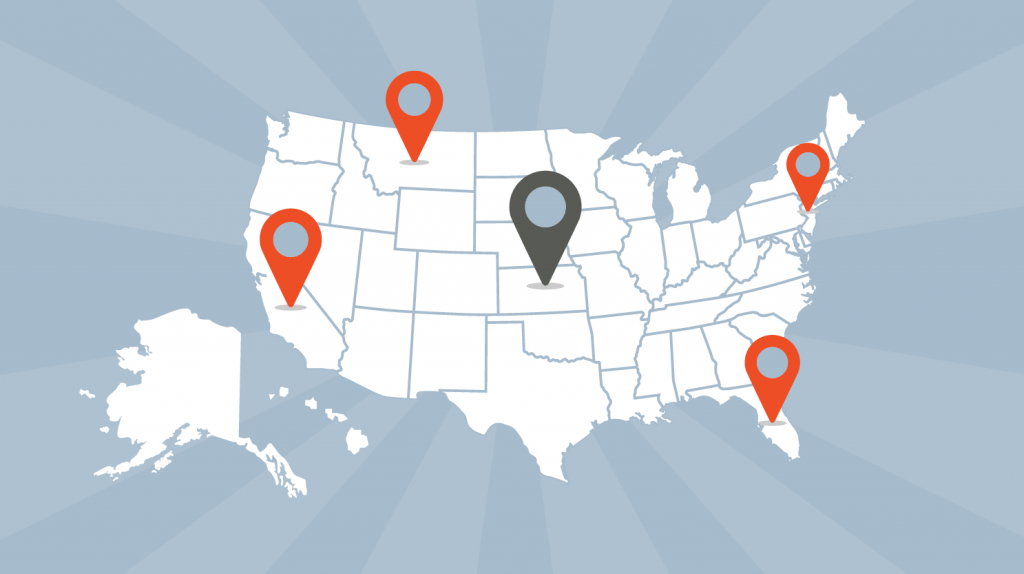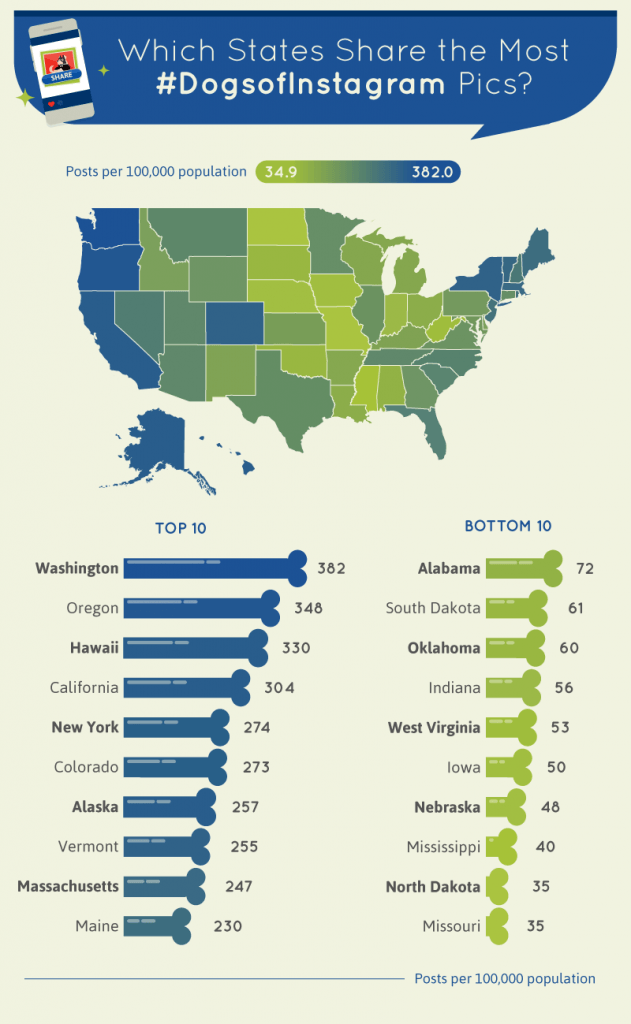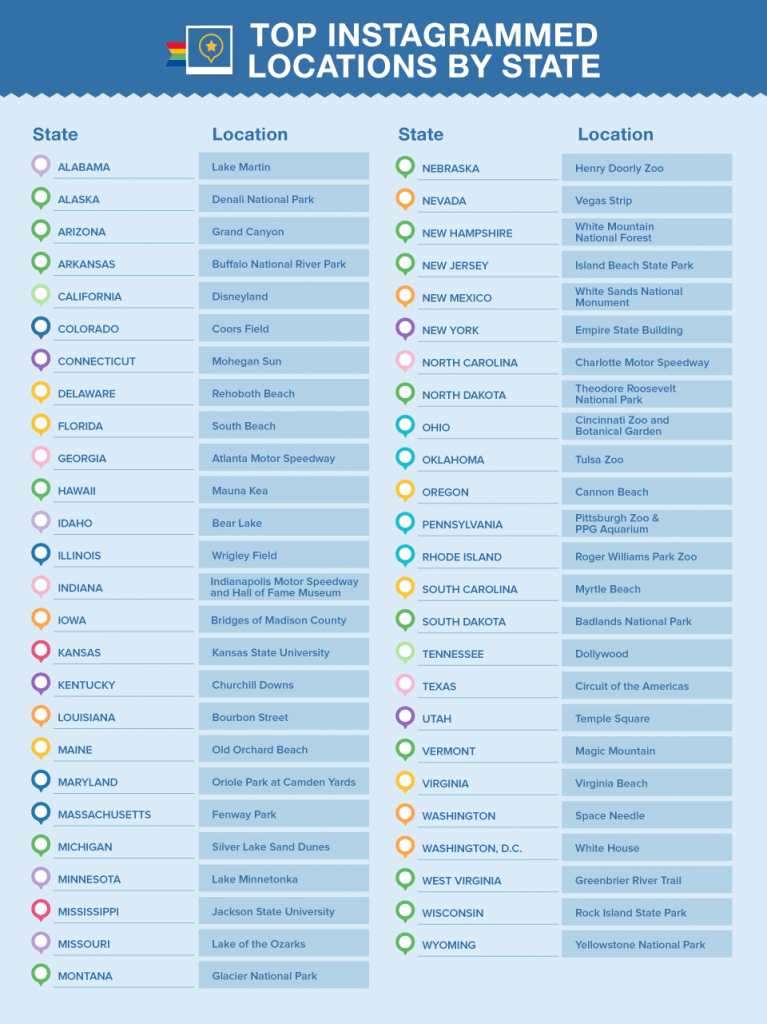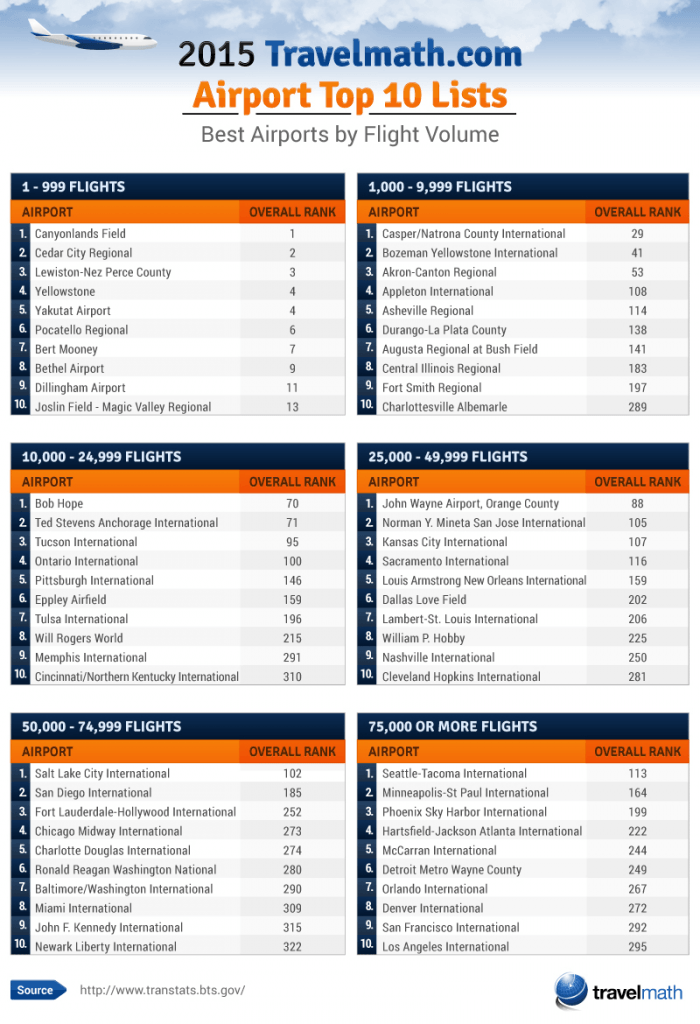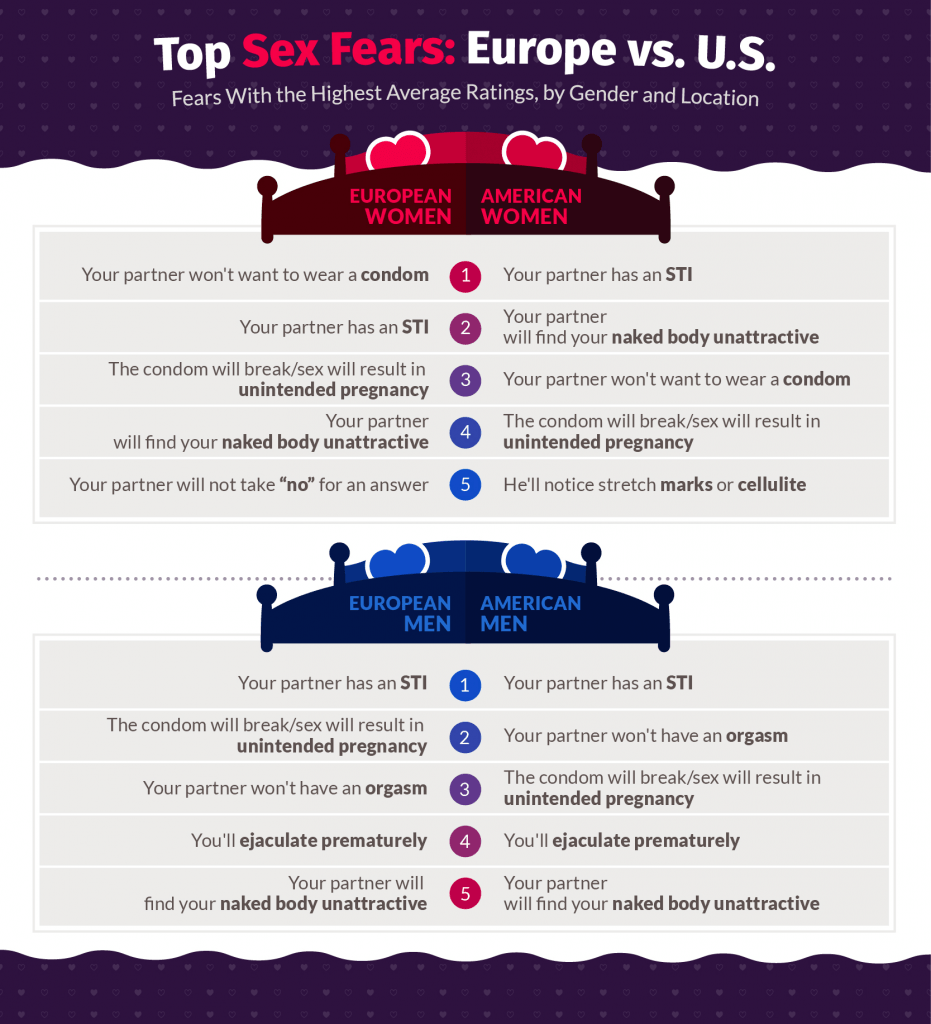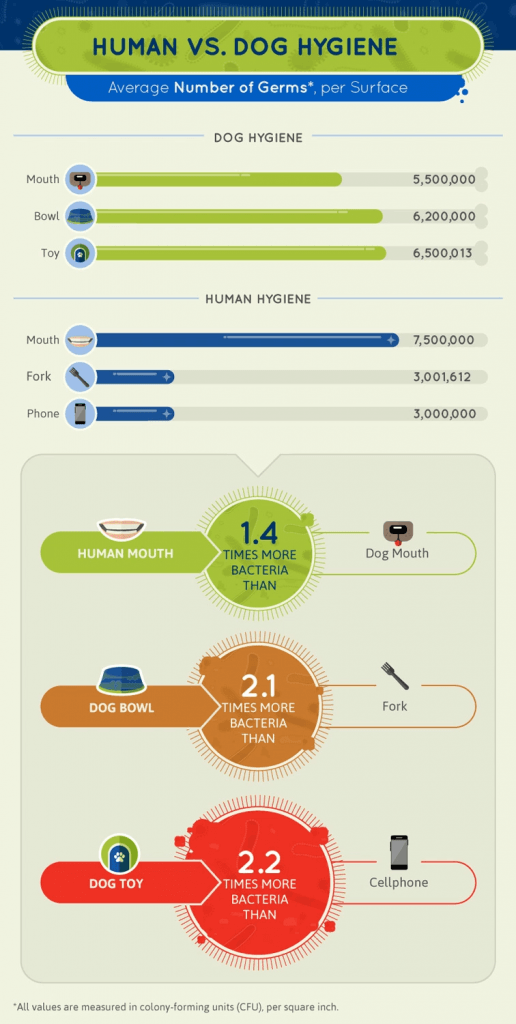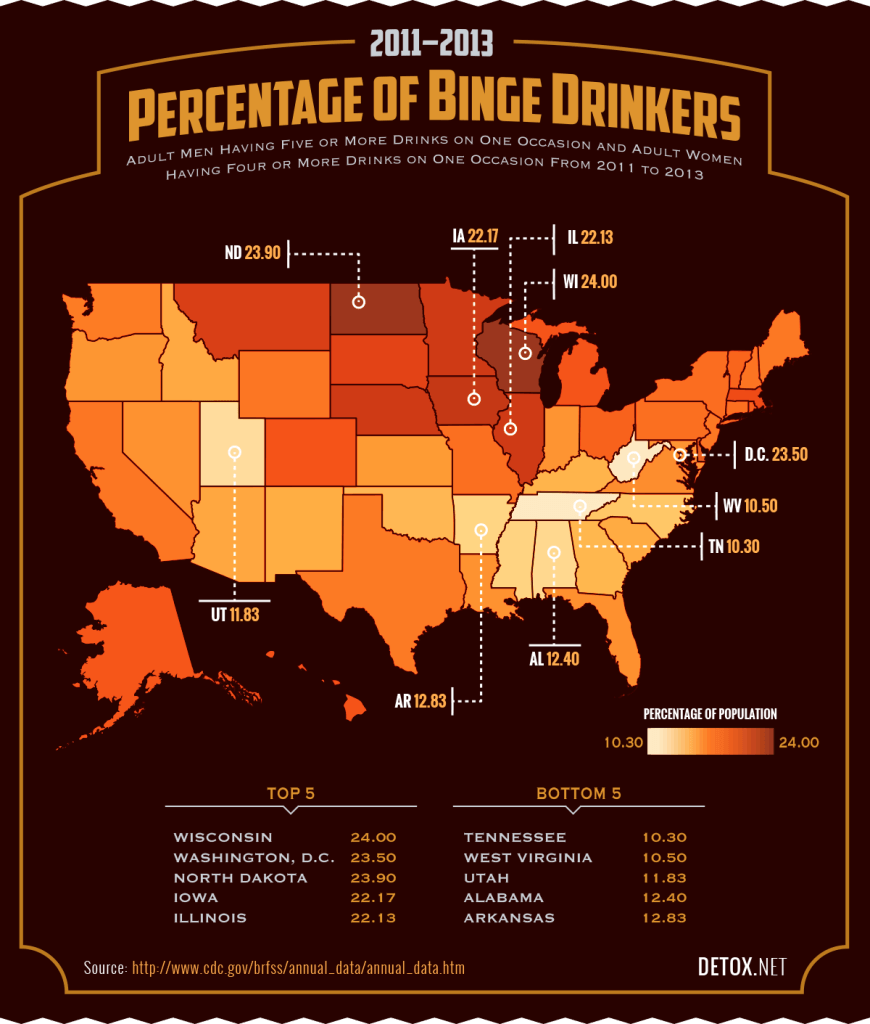There are large, over-arching elements that have proven successful in our content marketing work (e.g., highly emotional, mass appeal, etc.), but what about the specific characteristics of high-quality content?
We pored over our most powerful campaigns, case studies, and industry research to determine common threads that can guide your content marketing strategies and ideas for winning content. Three traits rose to the surface: geo-based content, the element of surprise, and tapping into public opinion.
Keep reading for ways to incorporate these features of high-quality content into your marketing work.
1: Hook Them With Geo-Bait
“Where are you from?”
This is a common question that peppers many first conversations among new friends and acquaintances. Whether chatting about your hometown or where you live now, those simple four words spark many discussions – what your childhood was like, where you go home for the holidays, your alma mater, and your current city or suburban lifestyle.
People feel a connection to where they live, so content that is based on geographical areas (countries, U.S. regions, states, cities, etc.) is likely to draw in audiences. We call this geo-bait.
Many of our wildly successful campaigns have a geographical angle. We’ve found that not only do they attract readers, but they also get people talking. Whether it’s questioning the high crime rate on their college campus or boasting about their top-rated beaches, readers are eager to weigh in on location-specific stories.
How can you incorporate geo-bait into your marketing efforts? Here are five tips for using this characteristic of high-quality content, along with examples of our winning campaigns that feature a geo-focused approach.
Create easy-to-read maps.
Maps are an ideal format for packaging geo-bait content. However, it’s important that they are easily discernable by your readers. If readers can’t find the location they’re looking for right away, they will get frustrated and give up – moving on to the next story or interesting snippet in their feed.
You can achieve this by not packing too much information into one map and by employing a simple yet aesthetically pleasing design. If your goal is to go viral, try incorporating an interactive component into it; this can help to create a viral loop and extend its sharing capability without cluttering the map.
In our “High School Student Substance Abuse” campaign, we created a very clear, three-color map to show which substance was used by high school students the most in each state.
When looking at the map above, where did your eyes go first? You probably went to your state, which is exactly why geo-bait content works. Combined with a clean look, the maps in this campaign helped it to get placed with over 1,500 publishers and shared over 18,000 times.
Add a top and bottom list.
Maps are great for finding your state and seeing its results, but readers also like seeing where their state falls on the top 10 or bottom 10 lists. When the subject matter allows, you can also punch up the design – but be careful not to make the aesthetics distracting.
For our “America’s Favorite #DogsofInstagram” campaign for Havahart, we had more fun with the design, creating quirky illustrations of dogs and bone-shaped bar graphs – but we stuck to a two-color gradient key in the map below. It was easy to decipher. To provide more information without complicating the map, we also included a top 10 and bottom 10 lists with precise numbers.
While everyday readers may not focus on the exact number of #DogsofInstagram posts per 100K in their state – their state’s top or bottom ranking was enough for them – this extra bit of data allowed for journalists covering the story to beef up their article. Over 140 sites covered this campaign, and it earned nearly 9,000 social shares.
Call out each state.
Top 10 lists about the United States are great, but they leave out the other 40 states. Readers want to know what their state is known for – so make sure you tell them! By identifying something unique about each state, you’re opening the door for essentially everybody in America to relate to your content.
Bonus: If you devoted a lot of resources to a piece of high-quality content that touches on all 50 states, extend its life by repurposing your content for different platforms and audiences. You could create separate blog posts on each of the U.S. regions or group together states with similar findings.
We created a campaign that answers this question: Where in your state do Instagrammers flock to the most? Look at the infographic below to find out.
Were you surprised by your state’s top pick? Whether you think it’s a worthy location or would like to demand a recount, it piqued your interest because your state was included.
The campaign garnered the interest of editors at TIME, Business Insider, Yahoo, and over 300 other publications that shared it with their audiences. Check out all the placements in our case study.
Compile a comprehensive ranking.
People love to see where their state or a place nearby ranks on a list. It gives them bragging rights when their favorite haunt tops a chart and reason to vent their frustration when it bottoms out – either way, ranked lists encourage readers to share the content. Going above the top 10 and bottom 10 overall widens the audience of readers who will relate to your ranking.
It’s important to use a sound methodology when creating an ordered list. If there’s no rhyme or reason to the ranking, readers will take notice and call you out for it. Publishers who you pitch your list to will also want to know how you came up with it, so be sure to detail your approach.
For a campaign ranking 322 U.S. airports, we fully explained the methodology, which gave the campaign authority and our client, Travelmath, integrity with journalists.
Instead of creating one top 10 list, we enhanced the geo-bait potential by using a per-flight-volume breakdown. This increased the chance that readers would relate to an airport on one of the six lists. This campaign was featured on 331 sites.
Compare different countries or regions.
According to a recent study, it’s human nature to compare yourself with others. Use this to your advantage by creating content that positions two or more countries alongside one another. If your readers live in one of those nations, you’ve hooked them with geo-bait.
We pitted the United States against Europe in “Top Sex Fears.” As readers went through the campaign and graphics, they likely compared their homeland with the competing nation to see the differences.
In the graphic above, we took a step further than geography and broke it down by gender as well. Due to the nature of sex and how issues differ between men and women, we could get specific with the survey questions we asked; ultimately, 350 publishers covered the results.
Enhance Your Geo-Bait Content
Once you’ve decided to take a geo-based approach with your content, amplify it with other tactics guided by your goals. For example, to increase your content’s likelihood of being shared on Facebook, pinpoint the type of sharer your content is geared to and appeal to that persona. Of course, if you can infuse the element of surprise – our next characteristic of high-quality content – into your geo-bait content, you absolutely should!
2: Present Something Surprising
If your goal is to go viral, then create content that surprises readers.
Our previous research on viral emotions explains why the element of surprise increases the likelihood of social sharing. But let’s talk about how you can infuse astonishment into your content.
Your main idea for a piece of content doesn’t need to be surprising itself; although, some component of your results or findings should be compelling. This means you won’t know if your content will offer something readers don’t expect until you’ve conducted your experiment, run a survey, crunched the numbers of a large data set, or whatever method you choose for gathering new or unknown information.
Of course, you don’t need to exhaust your resources on a campaign that doesn’t produce surprising results – instead, test it out first! For example, administer a survey of a small sample size to see if the preliminary results are surprising. Or analyze the data for a couple of states or demographics before doing an in-depth analysis of the whole United States’ population.
Here are some ideas on how to surprise your audience.
Test out a common theory or saying.
Whether you discover it to be true or false, your results are likely to surprise many readers. For example, our “Germs: A Dog’s Best Friend?” campaign found that dogs’ mouths are indeed cleaner than humans. This was surprising to people who never believed the saying, but the additional findings – such as a human mouth has more bacteria than a dog toy or food dish – were also shocking.
Think about how social media will react.
How will your content surprise users on Facebook, Twitter, Instagram, etc.? If you want your article or graphics to go viral, you absolutely can’t forget about what interests social media users and triggers them to share. Shoot for a topic that has mass appeal, but if your brand or other content marketing goals don’t support that, try planning your idea around the audience of a specific social network. (Note: When limiting your audience, the chance for virality is diminished.)
Check out our findings on emotional sentiment on each network to determine your best course of action. For example, the top shared articles on LinkedIn and Pinterest leaned toward positivity, which makes sense given the audience personas of those networks.
Feature shocking images in high-quality content.
Nearly half of the 2,000 Facebook users we surveyed said they share content on the platform because they want to entertain their friends, whereas only 11 percent do so to educate their peers. Images are more likely to entertain quickly since they’re visually striking. By featuring an image that readers will find surprising and interesting, you up the chances of your content being shared on social media.
When you look at the image above, you’re likely shocked by the variations of the same man. The surprise factor of this graphic – part of our “Perceptions of Perfection Part II” campaign – helped drive the 670,000-plus shares.
In addition to using geo-bait and surprising your audience, another characteristic among our top-performing campaigns is a focus on public opinion. Let’s explore this final topic.
3: Employ Public Opinion
At Fractl, we do a lot of crowdsourcing (i.e., gathering information or opinions from others). We do it in the form of surveys – and using the results as the highlight of a campaign – as well as for researching topics that drive our ideation sessions. When it comes to tapping into public opinion as the foundation of a piece of high-quality content, we’ve got plenty of tips and examples of how to do it.
Rate products or services.
People value others’ opinions about a product or service they’re interested in purchasing. (Consider Amazon reviews – or basically any retail site’s reviews.) So soliciting detailed opinions about a particular item or service for your content marketing article or project is a natural way to attract readers.
For our “Battle of the Virtual Assistants” campaign, we paid users to test a list of commands on their smartphones. Top tech publishers like Tech Times, CNET, and 9to5Mac were eager to broadcast our findings, and Android and iOS users alike clamored to weigh in with their own opinions of Siri, Cortana, and Google Now.
Run a survey
Use a survey to gather people’s opinions and/or real-life experiences. We’ve facilitated a lot of surveys at Fractl and have some advice:
For our “Would You Rather …” campaign, we recruited our entire team of Fractlites to pitch in with questions, vetted those questions carefully for maximum viral potential, and then ran the survey with respondents across the United States. The tough yet intriguing questions garnered outstanding results, with over 300 publishers covering the campaign. Readers enjoyed seeing the choices others would make in the different hypothetical scenarios. This is an example of why quality content is important.
Analyze an existing database.
There are many government studies that have employed surveys – but most consumers don’t know about them. Why? It’s often difficult to interpret and gather meaningful findings from them. Enter data analysts, who you can hire in-house or use on a freelance basis. Learning the craft yourself is also an option. There’s no doubt that data journalism is a rising trend in the publishing world, so when you present high-quality Big Data projects to writers and editors, they’ll likely feature it.
The CDC’s Behavioral Risk Factor Surveillance System (BRFSS) completes over 400,000 total interviews throughout the U.S. for its annual survey on Americans’ drug and alcohol consumption. Our team mined the existing data and visualized the results for our “Drinking in America” campaign, which was featured on over 600 sites and shared nearly 123,000 times!
Use social media data.
We’ve had a lot of success using APIs to access data on sites such as Twitter and Instagram and learn what people are talking about on social media. We often look at hashtags and other words or phrases mentioned within posts as well as filters used on photos. We also take advantage of geotag features and use them to map the results. One big win: We ran a text analysis on tweets to determine “Twitter Reading Levels”!
Here are some of our other content marketing examples that use this strategy, along with the headlines publishers have attached to their coverage.
Combine the Top 3 Content Characteristics for Success
Increase the likelihood of your content being seen by thousands (or even millions!) by incorporating geo-bait, surprise, and public opinion into your article or project. Through our years as a successful content marketing agency, we’ve seen outstanding results with campaigns that have these three elements. No matter the industry, your goal should always be to make your readers feel something and want to share it – and keeping these tips and examples in mind will help your high-quality content achieve that.

